As a key influencer of emerging nanotechnologies, carbon nanotechnology has developed into a fully multidisciplinary discipline that integrates elements of chemistry, physics, biology, medicine, materials science, and engineering. The goal of Carbon Nanotechnology is to deliver timely coverage of the most current advancements in the subject with up-to-date analyses and observations from eminent authorities. Carbon Nanotechnology, which is intended to be an exposition of cutting-edge research and development rather than a sort of conference proceeding, will be very helpful not only to seasoned scientists and engineers who wish to expand their knowledge of the broad field of nanotechnology and/or to develop useful devices. A frequent element is carbon. Activated carbon, coal, diamond, graphite, and carbon black are a few of its forms. Abrasives, tyres, and water treatment are just a few of the uses for the millions of tonnes of these materials that are utilised annually. An nm-sized molecule known as a fullerene is a very distinct kind of carbon. Although E.G. Osawa, a Japanese scientist, initially postulated the existence of fullerenes a decade earlier, the first fullerenes were "found" in 1985 by Richard Smalley and colleagues at Rice University. However, as a molecular substance, that honour belongs to E.G. It was given the nickname Buckminster Fullerene, or Fullerene, because of its likeness to the geodesic dome Buckminster Fuller designed.
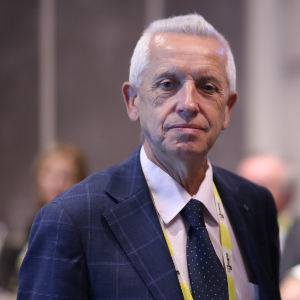
Stanislaw Dzwigaj
Sorbonne University, France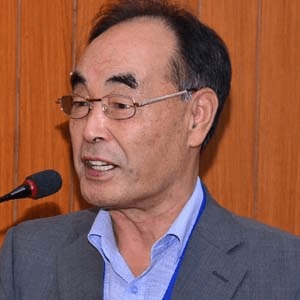
Dai Yeun Jeong
Asia Climate Change Education Center, Korea, Republic of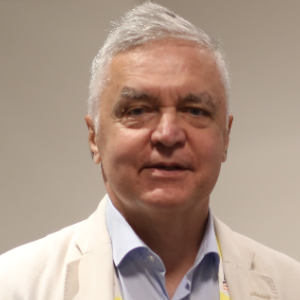
Sergey Suchkov
N.D. Zelinskii Institute for Organic Chemistry of the Russian Academy of Sciences, Russian Federation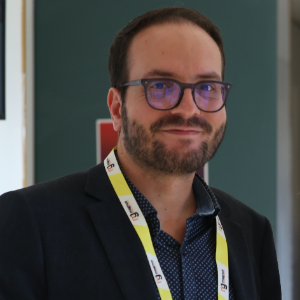
Enrico Paris
CREA-IT & DIAEE, Italy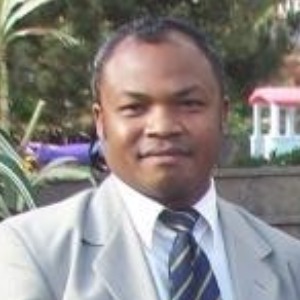
Rabeharitsara Andry Tahina
GPCI-ESPA Antananarivo University, Madagascar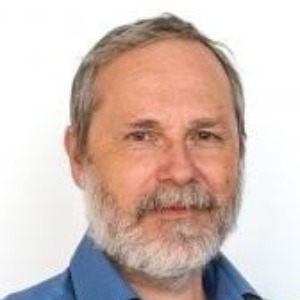
Jiri Dedecek
J Heyrovsky Institute of Physical Chemistry , Czech Republic
Uday Som
Research and Development Engineer, Japan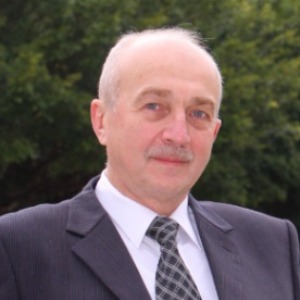
Vladimir G Chigrinov
Hong Kong University of Science and Technology, Russian Federation



Title : Distant binuclear vanadium V(II) cationic sites in zeolites and their reactivity
Jiri Dedecek, J Heyrovsky Institute of Physical Chemistry , Czech Republic
Title : Advanced nanostructures for carbon neutrality and sustainable H₂ energy
Tokeer Ahmad, Jamia Millia Islamia, India
Title : Personalized and Precision Medicine (PPM) as a unique healthcare model via bi-odesign, bio- and chemical engineering, translational applications, and upgraded business modeling to secure the human healthcare and biosafety
Sergey Suchkov, N.D. Zelinskii Institute for Organic Chemistry of the Russian Academy of Sciences, Russian Federation
Title : Antibody-proteases as a generation of unique biomarkers, biocatalysts, potential targets and translational tools towards nanodesign-driven biochemical engineering and precision medical practice
Sergey Suchkov, N.D. Zelinskii Institute for Organic Chemistry of the Russian Academy of Sciences, Russian Federation
Title : Dimethyl ether synthesis from syngas over Cu-Zn/Al2O3 catalysts prepared using the Sol-Gel method
Uday Som, Research and Development Engineer, Japan
Title : Influence of various catalysts on H₂ enhancement and CO2 capture during syngas upgrading
Enrico Paris, CREA-IT & DIAEE, Italy
Title : Photoaligned azodye nanolayers : New nanotechnology for liquid crystal devices
Vladimir G Chigrinov, Hong Kong University of Science and Technology, Russian Federation
Title : Application of vanadium, tantalum and chromium single-site zeolite catalysts in catalysis
Stanislaw Dzwigaj, Sorbonne University, France
Title : Advances in heterogeneous catalysis for green conversion of propene to aldehydes and alcohols
Ram Sambhar Shukla, CSIR-Central Salt and Marine Chemicals Research Institute (CSMCRI), India
Title : Oxidation of methane to methanol over pairs of transition metal ions stabilized in the zeolite matrices
Jiri Dedecek, J Heyrovsky Institute of Physical Chemistry , Czech Republic